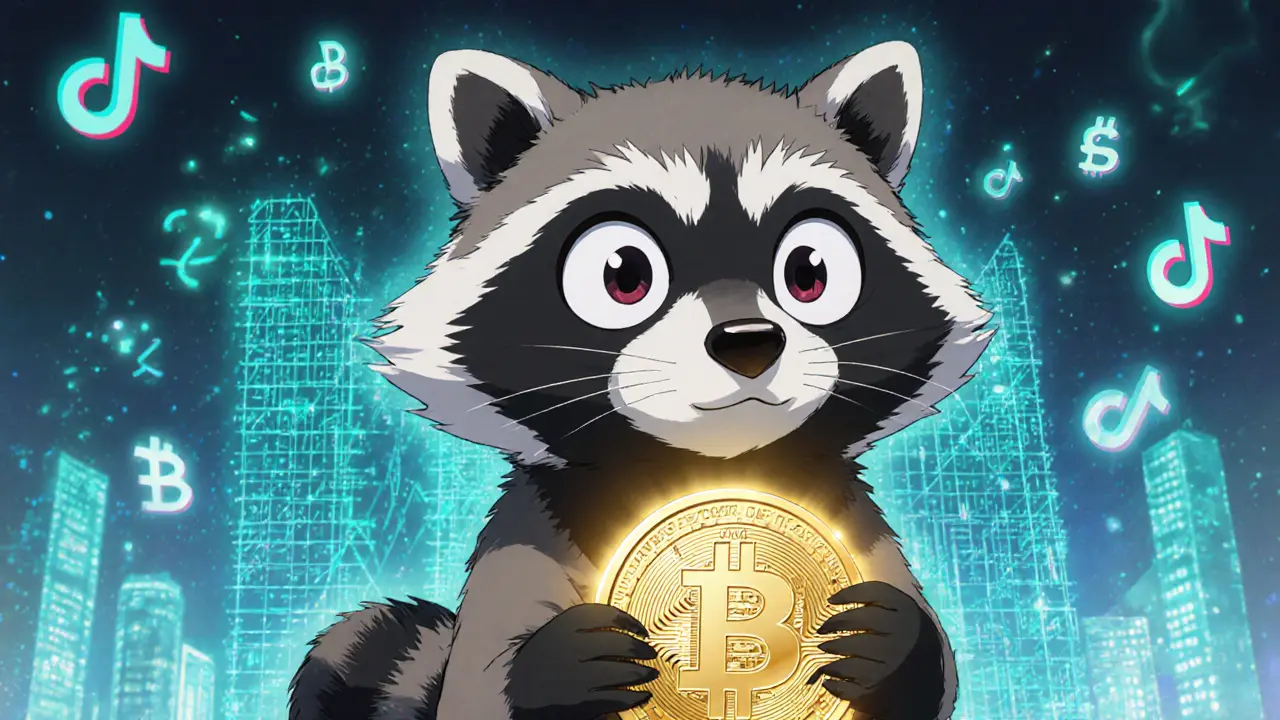Cryptocurrency: Trends, Tokens, Exchanges & NFT Basics
When working with cryptocurrency, a digital asset that uses cryptographic techniques to secure transactions and control new unit creation. Also known as crypto, it powers a growing ecosystem of finance, gaming, and decentralized services. The underlying blockchain, a distributed ledger that records every crypto transaction provides the trust layer, while a crypto exchange, a platform where users trade digital assets acts as the marketplace. Many projects also use token burning, the intentional destruction of tokens to reduce supply to boost scarcity and investor confidence. Finally, NFT, non‑fungible token that represents a unique digital item has turned collectibles, art, and gaming into tradable digital goods.
Cryptocurrency encompasses a wide range of sub‑topics. For example, token burning directly influences market dynamics by shrinking circulating supply, which often leads to price appreciation. At the same time, airdrops serve as distribution mechanisms that reward holders and attract new participants. Crypto exchanges vary from centralized hubs like Bittrex Global to decentralized platforms such as Velocimeter or WingSwap, each offering distinct fee structures, security models, and liquidity pools. Understanding these differences helps traders pick the right venue for their strategy.
Blockchain technology is the foundation that enables all of this. It not only secures transactions but also supports smart contracts, which power DeFi protocols, lending platforms, and automated market makers. When a smart contract triggers a token burn, the blockchain records the event immutably, giving everyone transparent proof of the reduced supply. This transparency is why many investors keep an eye on burn events alongside other on‑chain signals.
Why staying updated matters
The crypto space moves fast. New tokenomics models, such as deflationary designs that combine regular burns with liquidity incentives, appear weekly. Meanwhile, exchange reviews reveal shifting risk profiles—what was safe last year might now face regulatory scrutiny. NFT standards evolve too; ERC‑721 and ERC‑1155 each have trade‑offs in gas costs and batch minting capabilities, affecting developers and collectors alike. By tracking these developments, you can spot opportunities early and avoid costly mistakes.
Our collection below pulls together deep‑dive guides, exchange reviews, and technical explanations that match this fast‑paced environment. Whether you’re curious about how slashing penalties work on proof‑of‑stake chains, want a step‑by‑step token burn analysis, or need a practical comparison of DeFi AMMs like Karura Swap, you’ll find a focused write‑up that cuts through the hype. The articles are written for hands‑on readers who want actionable insights, not vague theory.
In the next section you’ll discover detailed breakdowns of specific tokens—like WHETH on PulseChain or the meme‑driven MELANIA—alongside practical how‑tos for claiming airdrops such as HyperGraph (HGT) or Landshare (LAND). You’ll also get honest reviews of crypto exchanges ranging from the feature‑rich Velocimeter to the safety‑focused CoinUp.io. Each piece ties back to the core ideas introduced here: how blockchain underpins value, how token burning shapes scarcity, and how exchanges and NFTs create real‑world utility.
Ready to dive deeper? Browse the list below to explore the full spectrum of cryptocurrency topics we’ve curated for you, from tokenomics and DeFi platforms to NFT standards and exchange safety. Each article builds on the fundamentals outlined above, giving you a clear roadmap to navigate the crypto universe with confidence.
Tema (TEMA) Crypto Coin Explained: What It Is, How It Works, and Investment Risks
Discover what Tema (TEMA) crypto coin is, its Solana‑based tech, price data, how to buy, and the risks of this meme‑driven token.

